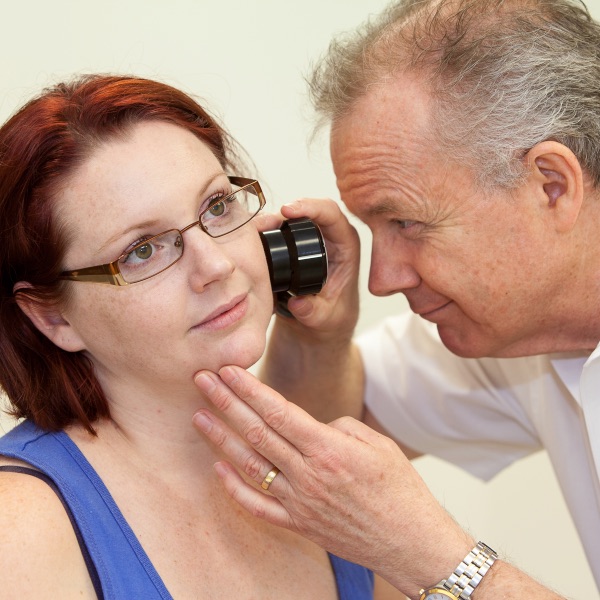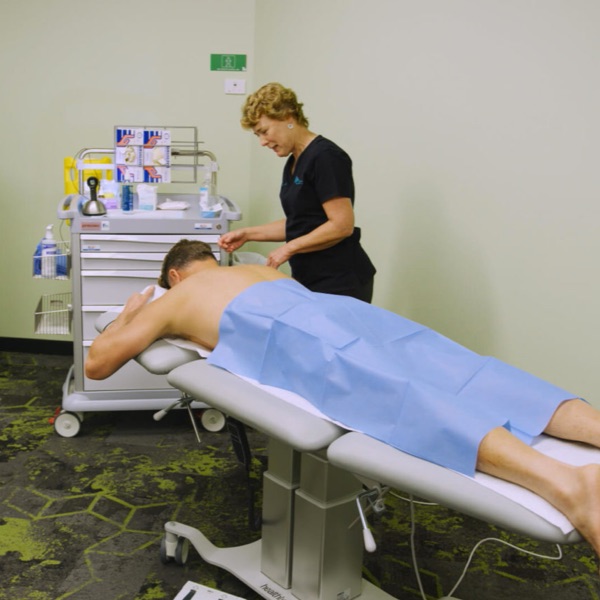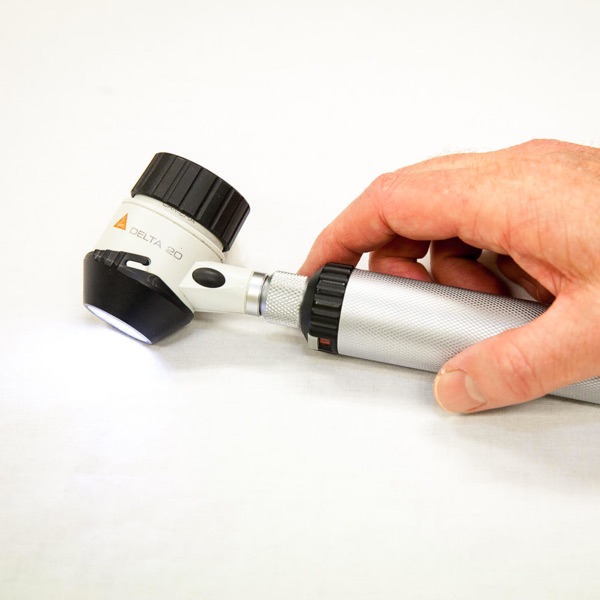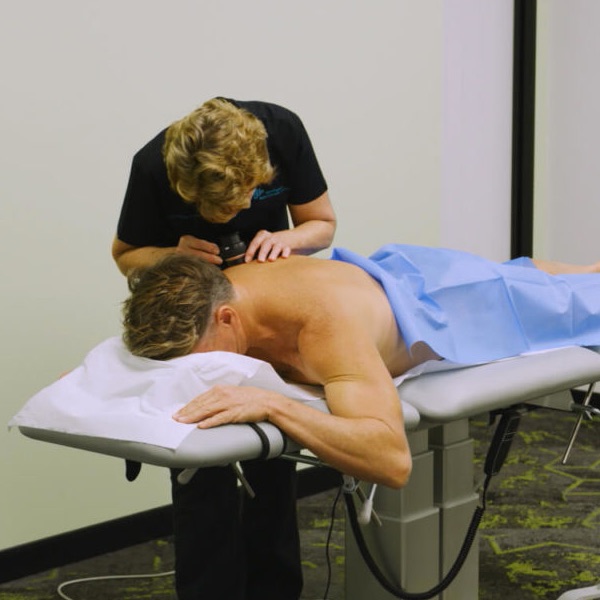
A skin check can take up to 30 minutes. This includes some time for the doctor to ask you questions about your general health. Make sure you tell the doctor about any spots or moles you have which are Sore, Changing, Abnormal or New. The actual check of your skin can take from 5 to 20 minutes depending on your skin type and the number of moles and spots to be looked at.

How much does a skin check cost?
The cost for a skin check will vary depending on the practice or clinic you visit. Within Australia, if you hold a valid Medicare card, in most cases you will be able to claim for a rebate. It is best to check with your doctor or clinic before making an appointment.

Do I have to get undressed?
Yes – to complete a thorough skin examination, you will be required to undress down to your underwear. Most clinics provide a choice of male and female practitioners to ensure you are comfortable during the skin examination.

What equipment does the doctor use?
Your doctor will use a dermatoscope to have a close up / magnified look at any spots of concern. A dermatoscope is a bit like a torch with a magnifying glass attached to the end. Using a dermatoscope is painless. Sometimes the doctor may take a photograph of a spot or mole so it can be monitored over time for any changes in appearance.

What happens if the doctor finds anything which could be cancer?
Your doctor will tell you if you have any moles or spots of concern which may require testing. To test the mole or spot the doctor will either take a small biopsy (sample) of it, or completely excise (cut out) the spot of concern – under local anaesthetic of course.
This type of minor surgery can be carried out at your doctor’s surgery or office. There is usually no need for this to be done in a hospital. After it is removed, the mole or spot is sent to a pathology laboratory for testing. Receiving the test results can take from one to several days, depending on the pathology provider.

What happens if skin cancer is found?
In most cases, when found early, skin cancer can be easily and successfully treated with surgery. Most skin cancers are cured once they are removed. Other non surgical treatments such as creams, radiotherapy, cryotherapy or light therapy may be used but this will depend on the type of skin cancer found.

What happens if I’m diagnosed with skin cancer?
In most cases, when found early, skin cancer can be easily and successfully treated with surgery. Most skin cancers are cured once they are removed. If the surgical procedure does not successfully remove all the cancer or the cancer returns, other treatment options may be required. Other non-surgical treatments such as creams, radiotherapy, cryotherapy, or light therapy may be used but this will depend on the type of skin cancer found. Further information regarding treatment options can be found below.
Skin Cancer Treatment cancercouncil.com.au

What happens after the skin check?
Depending on your level of risk for developing skin cancer, your doctor may recommend regular follow up skin checks. The frequency for follow up skin checks can vary from every few months, to once every year or two. Most doctors will have a system in place to send you a skin check reminder, but it is also a good idea to keep your own record of when a follow up skin check is due.




